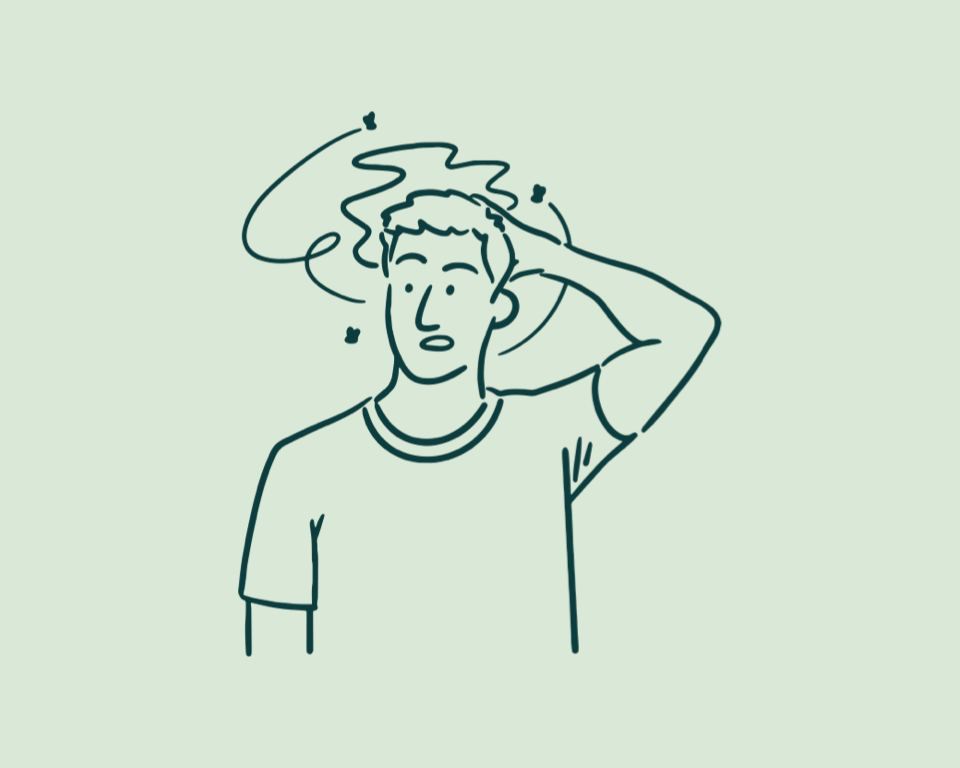DHT Blocker Plans

DHT Blockers are the most effective oral treatment for receding hairlines and balding crowns. Just one pill a day.

"Our plans are a 3 month minimum term, as initial results take time."
Money back promise
Follow your treatment plan and if you're not satisfied after 180 days, we'll give you your money back. See full terms

Hair Loss Spray - Minoxidil

The most powerful spray for direct treatment to the scalp. It works by increasing blood flow to the scalp, revitalising and stimulating hair from the resting to the growth phase. Just two spray applications a day.




"Our plans are a 3 month minimum term, as initial results take time."
How do our discounts work?
Final treatment plans are shared decisions determined with your clinician after this online assessment. Always read the leaflet and treatment plan.
Less than 1% of customers contact us for the Money Back Guarantee. It’s why we back our treatment service

DHT Blockers
DHT is strongly linked to hair loss, with research showing that it’s the main hormone responsible for hair loss in men.

Finasteride
A powerful DHT Blocker, clinically proven to help stop hair loss and promote regrowth.

Stops hair loss and regrows hair by targeting the enzyme that converts Testosterone to DHT

Reduces DHT by 70%. In studies 8 out of 10 of men taking Finasteride grew more hair or stopped losing hair so quickly.

Once daily tablet that is licensed for hair loss

Dutasteride
A potent DHT Blocker that reduces up to 20% more DHT than Finasteride.

Blocks two enzymes that convert Testosterone to DHT.

Reduces DHT by 90%. Studies indicate that Dutasteride may be more effective in reducing DHT levels and promoting hair growth compared to finasteride.

A more potent once daily tablet.

Join more than 100,000 customers gaining their confidence back




The science behind how DHT Blockers work

What’s the difference between Finasteride and Dutasteride

DHT Blockers compared
Read our full Guide to Dutasteride & Finasteride

Real men. Real results


How it works
Online prescription
We’ll ask you a couple of quick medical questions. Tick the boxes and a clinician will review your answers and issue you a prescription.
Free next-day delivery
Your selected treatment will be delivered for free, with discreet packaging and instructions on how to use it.
Clinician support
Chat with a medical expert whenever you need. On the phone or via email. With support throughout your treatment.



Meet our medical team
Enabling the mission of revolutionising how men approach health, they are at the core of the men’s wellness platform. Meet our team.


Read me, I’m important

Male pattern baldness (MPB), androgenetic alopecia, male pattern hair loss – call it what you will. If you have a receding hairline or balding crown, the single most common cause is your hormones. Specifically, that’s dihydrotestosterone (DHT), a hormone your body converts from testosterone. DHT binds to your hair follicles and causes them to shrink, weaken, and stop producing hair. That’s MPB in a nutshell.

DHT blockers work by targeting the production of DHT. Remember that DHT is made from the conversion of testosterone, which is done using an enzyme called 5-alpha-Reductase. DHT blockers bind to this enzyme, preventing it from producing DHT.This reduces the circulating level of DHT, explaining the role of DHT blockers in hair loss prevention. Many treatments for male pattern baldness only seek to manage the symptoms of the condition. But by using an effective DHT blocker you can tackle the cause of MPB directly and fight hair loss head-on.

There are no better 5-alpha reductase inhibitors on the market for hair loss.
Finasteride causes DHT levels to drop by 60%. Meanwhile, three 5-year Finasteride studies showed 9/10 participants saw their hair loss stop – and more than 3/4 experienced hair regrowth. So, yes, Finasteride does really reverse hair loss. It is an FDA-approved treatment for MPB, and it is used by thousands of men in the UK.

It typically takes 3-6 months before you see any changes, and at least 12 months before you notice significant hair growth. Finasteride works with the natural cycle of shedding and growth – and, unfortunately, these things just take time. Stay committed and take your daily dose – and you’ll see noticeably better hair within a year. When you use Finasteride, persistence and patience are key.

98.6% of patients during clinical trials did not experience significant adverse effects. Although side effects are rare, it may include a rash, tenderness around the nipple and decreased libido.
Learn more about hair loss


Dutasteride vs Finasteride: What’s Best for Hair Loss?

What is a DHT Blocker?

Why Do Men Go Bald and How to Treat Hair Loss

DHT Blockers for
Hair Loss








































